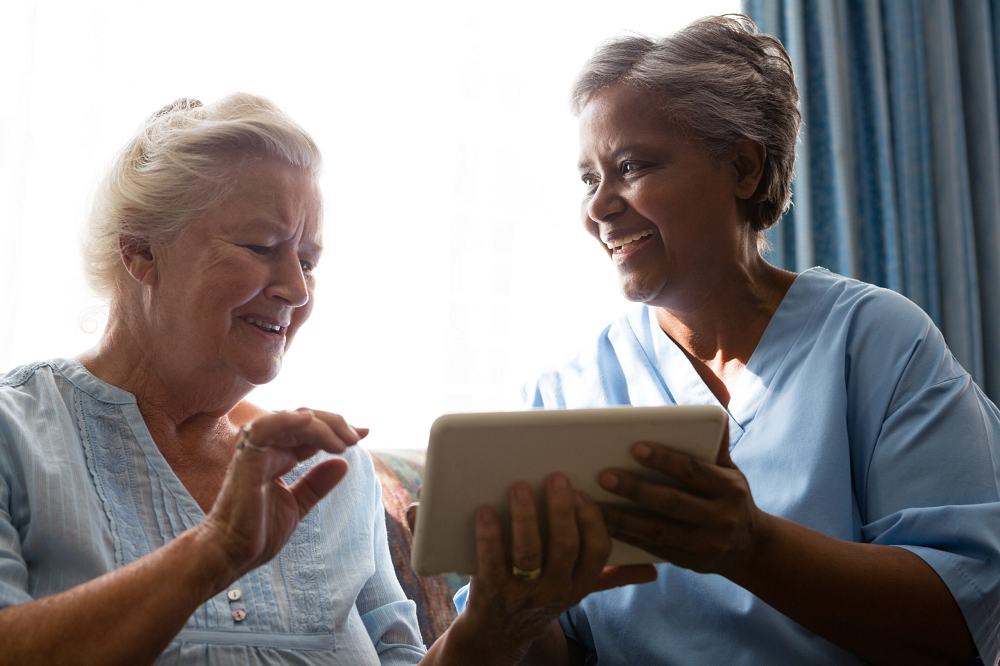
In-home assisted living technologies have changed the manner in which we approach care and backing for aging individuals or those with disabilities. These innovative arrangements offer a scope of advantages that improve independence, safety, and by and large quality of life. From brilliant gadgets to cutting edge monitoring systems, these technologies are intended to serenely give customized help while enabling individuals to progress in years set up. The fall detection monitors for the elderly are designed to promptly detect and alert caregivers or medical professionals when a senior has a sudden fall, enhancing their safety and well-being.
One vital part of in-home assisted living technologies is shrewd home robotization. These systems integrate different gadgets like shrewd indoor regulators, lighting controls, and voice-initiated associates. This permits clients to control their current circumstance easily, promoting solace and comfort. For seniors with restricted portability, these technologies decrease the requirement for actual changes and empower simpler administration of day to day exercises.
Medical alert systems are one more urgent part of in-home assisted living technologies. These wearable gadgets accompany crisis fastens that can be squeezed to demand prompt help. Linked to a monitoring community, these systems guarantee brief reaction in instances of falls or medical emergencies. Such innovation gives inward feeling of harmony to individuals as well as to their guardians, knowing that help is only a button press away.
Far off wellbeing monitoring is revolutionizing medical services for homebound individuals. Through wearable gadgets and sensors set around the home, important bodily functions, for example, pulse, circulatory strain, and movement levels can be followed continuously. Medical services suppliers can get to this information to screen wellbeing patterns, enabling early identification of likely issues and opportune interventions. This innovation enables seniors to effectively participate in their wellbeing the executives and lessens the recurrence of emergency clinic visits.
Mental help innovation tends to the necessities of individuals with cognitive decline or mental degradation. Voice-controlled remote helpers can give drug reminders, appointment warnings, and help with creating day to day routines. These systems offer friendship also, reducing feelings of detachment that can often go with aging.
Besides, fall identification and anticipation innovation has demonstrated essential in preventing injuries among seniors. These systems use movement sensors to recognize falls and naturally alert parental figures or crisis administrations. Some even go above and beyond by analyzing development examples to anticipate and forestall likely falls.
In-home advanced mechanics is an emerging field that holds huge potential. Robots furnished with simulated intelligence capacities can perform errands like drug dispensing, housekeeping, and friendship. These machines are intended to interact with clients in a characteristic and intuitive way, bridging the hole among innovation and human interaction. Therefore, fall detection monitors for the elderly provide an essential safety measure, alerting caregivers or medical professionals in the event of potential falls.
